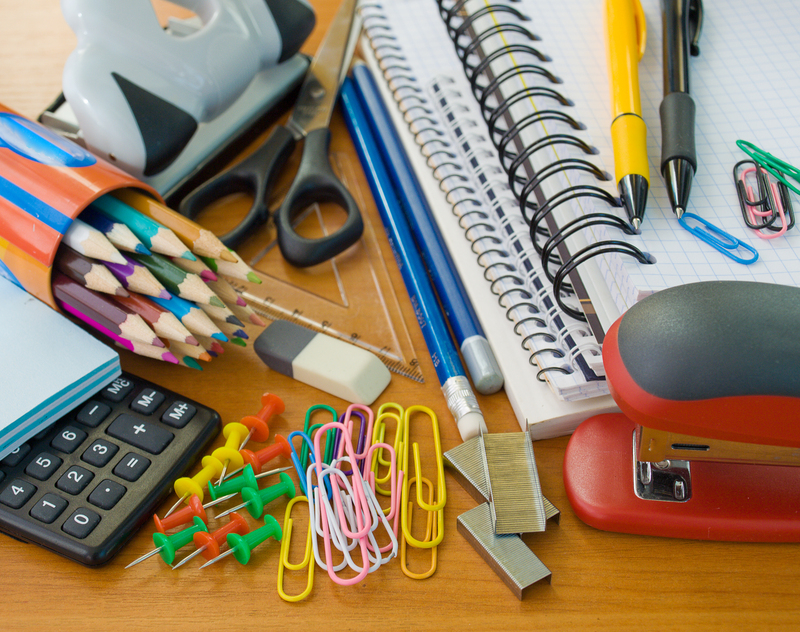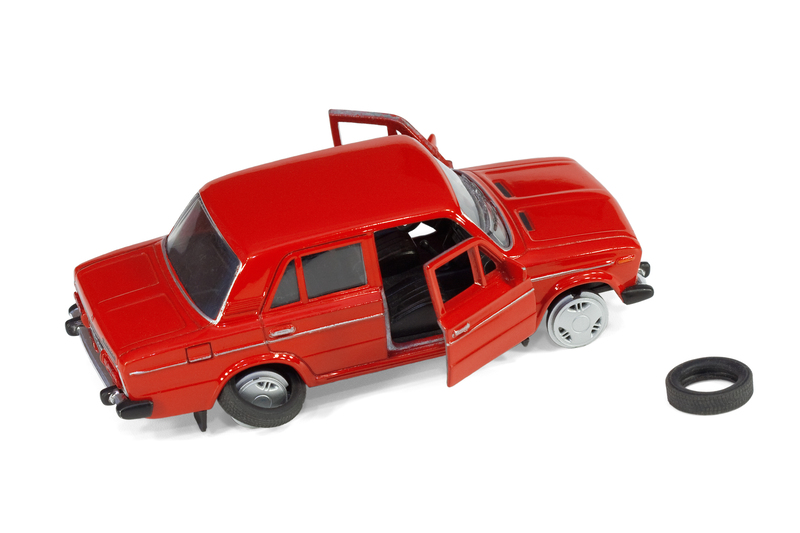Transform Discarded Materials into Eye-Catching Art Pieces: A Comprehensive Guide
Art is a form of expression that constantly evolves. In today's eco-conscious world, one of the most exciting trends is the transformation of discarded materials into stunning art pieces. This sustainable approach not only reduces waste but also allows for extraordinary creativity. Whether you are a professional artist, a DIY enthusiast, or simply someone looking to give new life to unwanted objects, this article will inspire and guide you on how to create eye-catching art from discarded materials.
Why Choose Discarded Materials for Art?
Art made from found objects and repurposed materials is not just visually appealing--it also carries a story. By turning trash into treasure, artists challenge the conventional definition of beauty and value. Choosing to transform discarded items into art benefits both the artist and the environment in several ways:
- Eco-Friendly Art: Reusing materials helps reduce landfill waste.
- Cost-Effective: Discarded objects are readily available and often free.
- Unique Pieces: Every creation is one-of-a-kind, reflecting the artist's resourcefulness.
- Storytelling: Each item used has a history, adding depth to the final art piece.

Inspiring Examples of Art from Discarded Materials
Before diving into methods and techniques, let's explore some globally renowned examples of upcycled art. These inspiring artists have reinvented trash into masterpieces and paved the way for a new era in art.
Vik Muniz's Creative Collages
Vik Muniz, a Brazilian artist, is known for his ambitious projects that use everyday trash to reconstruct famous paintings and portraits. His documentary "Waste Land" showcases the transformative power of art made from recycled materials.
Michelle Reader's Sculptures
British artist Michelle Reader creates vibrant sculptures using obsolete technology, broken toys, and other discarded objects. Her work brings attention to consumer culture while pushing the boundaries of sculpture.
Brodie Neill's Furniture Innovation
Australian designer Brodie Neill crafts contemporary furniture pieces from plastic ocean debris, turning environmental hazards into functional artworks.
How to Start Making Eye-Catching Art from Discarded Materials
Ready to embark on your upcycled art journey? Here's a comprehensive, step-by-step guide to help you transform old materials into eye-catching artworks.
Step 1: Source Your Materials
The first step is to collect materials. Look around your home, local recycling center, flea markets, or even the street. Think beyond the usual glass bottles and tin cans--almost anything can be repurposed with enough imagination.
- Plastic bottles, containers, and bags
- Cardboard boxes and packaging
- Old newspapers and magazines
- Cloth remnants, old clothes, and textiles
- Broken electronics or machinery
- Wooden scraps, pallet wood, and driftwood
- Metal cans, lids, and random hardware
Step 2: Clean and Prepare Your Items
It's essential to thoroughly clean, sanitize, and dry any materials you plan to use. This not only makes the art safer and longer-lasting but also allows paints, adhesives, and other materials to adhere properly.
Step 3: Brainstorm and Plan Your Artwork
Map out your design. Sketch ideas, create mood boards, or arrange materials to spark inspiration. When converting trash to eye-catching art, don't be afraid to mix and match unlikely objects. Consider factors like:
- Texture: Contrast smooth plastics with rough wood or fabric.
- Color: Group by hue or embrace a wild spectrum.
- Theme: Convey a message, tell a story, or simply play with abstract forms.
- Function: Is it purely for display, or will it serve a practical purpose?
Step 4: Experiment with Techniques
The techniques you use will bring your vision to life. Here are some popular methods for making art from discarded objects:
- Collage: Layer paper, fabric, or plastic for textured, dimensional art.
- Assemblage: Attach multiple objects to a base (like a canvas or board), often with strong adhesives or screws.
- Sculpture: Build three-dimensional pieces using armatures made from wire, wood, or metal.
- Mosaic: Arrange ceramic or glass shards into patterns and secure them with grout.
- Mixed Media Painting: Incorporate small objects and found items directly onto painted surfaces.
Step 5: Assemble Your Masterpiece
Use tools like glue guns, epoxy, staple guns, and basic hand tools. For heavier constructions, power tools may be necessary. As you assemble, keep safety in mind--wear gloves and goggles when handling sharp or rough discarded materials.
Step 6: Add Finishing Touches
Once your piece is assembled, enhance it with paint, varnish, or sealants. Not only do finishing touches make trash art look more polished and durable, but they also help unify contrasting materials and colors.
Tips and Best Practices for Upcycled Art
- Think Small and Large: Start with manageable projects before moving to larger installations.
- Document Your Process: Photograph your work as it progresses--this is great for portfolios and social media.
- Tell the Story: Let viewers know what materials were used and their origins--this creates a deeper connection.
- Mix Materials Intentionally: Combine objects with a purpose--contrast, unity, or symbolism.
- Prioritize Safety: Avoid toxic or sharp materials, especially for public or child-friendly installations.
- Know Your Mediums: Some paints, glues, and finishes work better on certain surfaces; research ahead of time to ensure long-lasting results.
- Sharpen Your Techniques: Learn from tutorials, art books, and community workshops to experiment and innovate.
Creative Project Ideas for Beginners
- Plastic Bottle Gardens: Turn old bottles into planters, vertical gardens, or whimsical floral sculptures.
- Magazine Collage Portraits: Cut and layer magazines for vibrant, textured portraits or landscapes.
- Fabric Scrap Tapestries: Sew or glue textile remnants together for a colorful wall hanging.
- Can Lid Mandalas: Arrange and paint metal lids to create intricate mandala-inspired art.
- CD and Electronic Mosaic: Break old CDs and electronics into pieces for an iridescent, futuristic mosaic.
- Pallet Furniture: Sand and stain old pallets for rustic coffee tables, bookshelves, or wall art.
Environmental and Social Impact of Upcycled Art
Creating art from waste isn't just a personal hobby--it has wide-reaching benefits:
- Reduces Waste: Diverts materials from oceans and landfills.
- Raises Awareness: Engages viewers in conversations about sustainability and overconsumption.
- Empowers Communities: Upcycled art projects can bring communities together and teach valuable creative skills.
- Economic Opportunities: Artists and makers can sell upcycled art, supporting their livelihoods and local economies.
How to Display and Share Your Upcycled Art
- Home and Garden: Show off your creations as home decor, wall art, or garden ornaments.
- Public Installations: Collaborate with local organizations for public art projects that revitalize neighborhoods.
- Art Exhibitions: Display your work in galleries or community centers dedicated to sustainability and innovation.
- Online: Showcase your process and finished pieces on social media, blogs, and creative networks.
- Workshops: Teach others how to transform trash into art through classes and educational events.
Get Inspired: Featured Artists Who Turn Waste into Art
Looking for more inspiration? These contemporary artists are globally renowned for their inventive use of reclaimed materials:
- Subodh Gupta: Famous for sculptures made from stainless steel kitchenware in India.
- El Anatsui: Creates monumental installations with bottle caps and metal scraps in West Africa.
- Jane Perkins: Known for playful portraits using buttons, beads, and broken jewelry in the UK.
- Tim Noble and Sue Webster: Use piles of trash to cast shadow art in mesmerizing forms.

Frequently Asked Questions: Art from Discarded Materials
-
Can beginners make upcycled art?
Absolutely! Start simple, learn as you go, and let your imagination lead the way. -
What's the best way to attach materials?
Depending on your objects, use hot glue, epoxy, nails, or even sewing. Test on scraps first. -
How do I keep upcycled art weatherproof?
Use varnish, resin, or outdoor-grade sealants--especially for garden or outdoor installations. -
Where can I sell art made from recycled materials?
Online platforms like Etsy, local art fairs, and sustainability-focused galleries.
Conclusion: The Creative Power of Upcycled Art
Transforming discarded materials into eye-catching artworks is as much about creative freedom as it is about environmental responsibility. With a shift in perspective, the objects we once deemed as trash become rich sources of inspiration, texture, and narrative. Whether you aim to beautify your space, share a message, or ignite community action, the art of upcycling invites us to see potential in the overlooked and possibilities in the everyday. Embrace the adventure of making art from waste and join a worldwide movement that celebrates both creativity and sustainability.
So, what will you create from the world's discarded materials today?